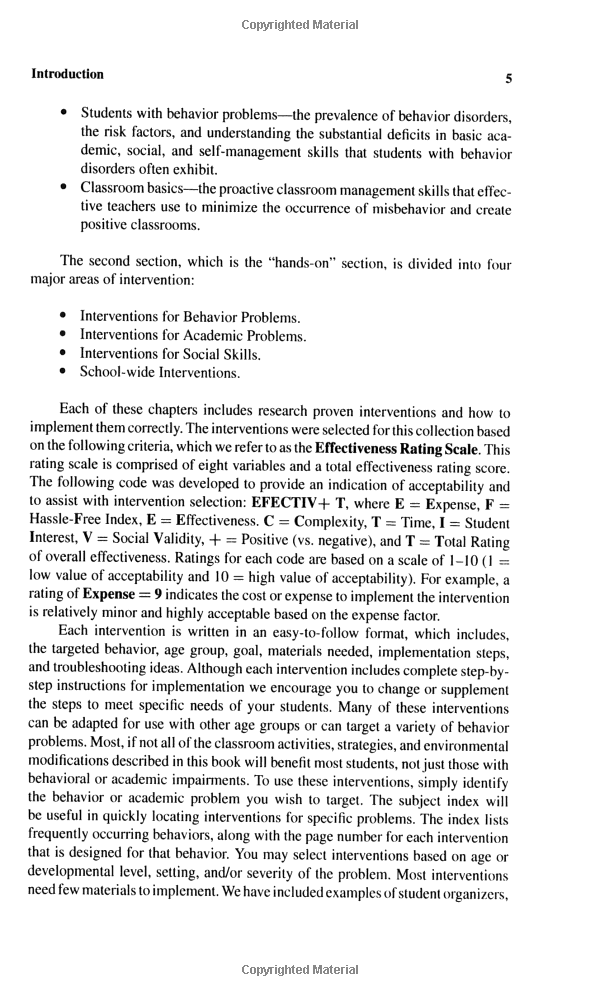The Impact of Biden's Student Loan Forgiveness Plan on Borrowers and the Economy
#### Biden's Student Loan Forgiveness PlanBiden's Student Loan Forgiveness Plan is a significant initiative aimed at alleviating the burden of student debt……
#### Biden's Student Loan Forgiveness Plan
Biden's Student Loan Forgiveness Plan is a significant initiative aimed at alleviating the burden of student debt for millions of Americans. This plan has garnered considerable attention and debate since its announcement, as it seeks to provide financial relief to borrowers who have been struggling to repay their loans. The overarching goal of the plan is to create a more equitable financial landscape for students and recent graduates while also stimulating economic growth.
#### Understanding the Plan
The core of Biden's Student Loan Forgiveness Plan involves the cancellation of a portion of federal student loans. The proposal suggests forgiving up to $20,000 for Pell Grant recipients and $10,000 for other federal loan borrowers. This targeted approach aims to assist those who are most in need, particularly low- and middle-income borrowers who often face the greatest challenges in repaying their student loans.
#### Eligibility Criteria

To qualify for forgiveness under Biden's plan, borrowers must meet specific income thresholds. For instance, individuals earning less than $125,000 per year and households making less than $250,000 are eligible for the proposed relief. This income-based criterion is designed to ensure that the benefits of the plan reach those who are most affected by student debt, thereby making the initiative more equitable.
#### Economic Implications
The economic implications of Biden's Student Loan Forgiveness Plan are profound. By alleviating student debt, the plan could enhance consumer spending, as individuals who are no longer burdened by loan payments may be more likely to invest in homes, cars, and other goods and services. This increase in consumer spending can, in turn, stimulate economic growth and create jobs.
Moreover, the plan could potentially reduce the wealth gap in the United States. Student debt disproportionately affects marginalized communities, and by forgiving loans, the initiative may help level the playing field, allowing more individuals to build wealth and contribute to the economy.
#### Challenges and Controversies
Despite its potential benefits, Biden's Student Loan Forgiveness Plan has faced criticism and legal challenges. Opponents argue that the plan may be unfair to those who have already paid off their loans or chose not to pursue higher education due to the cost. Additionally, there are concerns about the plan's long-term financial implications for taxpayers and the federal budget.
Legal challenges have also emerged, with some states and organizations arguing that the plan oversteps executive authority. These challenges could delay the implementation of the plan and create uncertainty for borrowers awaiting relief.
#### Conclusion

In summary, Biden's Student Loan Forgiveness Plan represents a bold step towards addressing the student debt crisis in the United States. While it has the potential to provide significant relief to millions of borrowers and stimulate economic growth, it is not without its challenges. As the plan navigates through legal hurdles and public opinion, its ultimate success will depend on its ability to balance the needs of borrowers with concerns about fairness and fiscal responsibility. The ongoing discussion surrounding this initiative highlights the broader issues of education financing and the importance of creating a sustainable system that supports students in achieving their academic and financial goals.